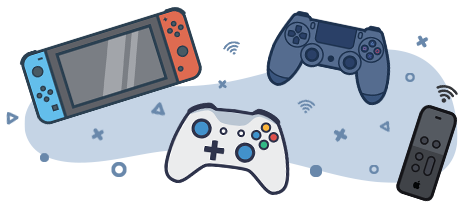September 17, 2021

Moving to campus can be an adjustment. No more home-cooked meals. No more parents to help with laundry. Perhaps the most shocking adjustment for some students: moving from a completely wireless world to a residence hall where having an Ethernet cable is a necessity.
Introducing the IoT Wireless Network.
IoT stands for Internet of Things. Over the past few years, IoT has become one of the most pervasive technologies of the 21st century, giving us the ability to connect everyday objects such as TVs, speakers, wearables and even appliances to the internet. It was only a matter of time before this inventive technology made its debut on campus.
In January 2021, the Division of Information Technology launched a pilot program for IoT in three residence halls and a handful of buildings on campus. The TAMU_IoT wireless network lets campus members connect smart devices that wouldn’t connect to TAMU_WiFi in the past, while allowing the university to link each device to the user’s account, ensuring the network stays safe.
Since the start of the Fall 2021 semester, over 800 IoT devices have registered on the network and the demand is increasing. Currently, students can connect three devices to the IoT network, but work is underway to increase that number to five devices.
The challenge moving from a pilot program to a campus-wide service is enhancing the strength of our wireless infrastructure to handle this service while maintaining a robust and secure network.
Going Global and Staying Secure.
“IoT is one of the fastest-growing technologies and it’s in high demand by everyone. It is our job to make sure the campus IoT network is both safe and effective,” stated Networking Engineer Jacob Scoggins, who played an integral role in launching IoT on campus.
Bringing an IoT network to the Texas A&M campus is more than an effort to stay relevant. Global access to IoT will change the game in education and research. For example, researchers and students working with “smart agriculture” can utilize robotic units and reporting devices to remotely analyze and log data from their fields, storing the information in the cloud or to a centralized service for researchers.
IoT truly is the future of education and research technology. The Division of IT is working hard to build a campus network where all the devices we rely on will work seamlessly and securely.